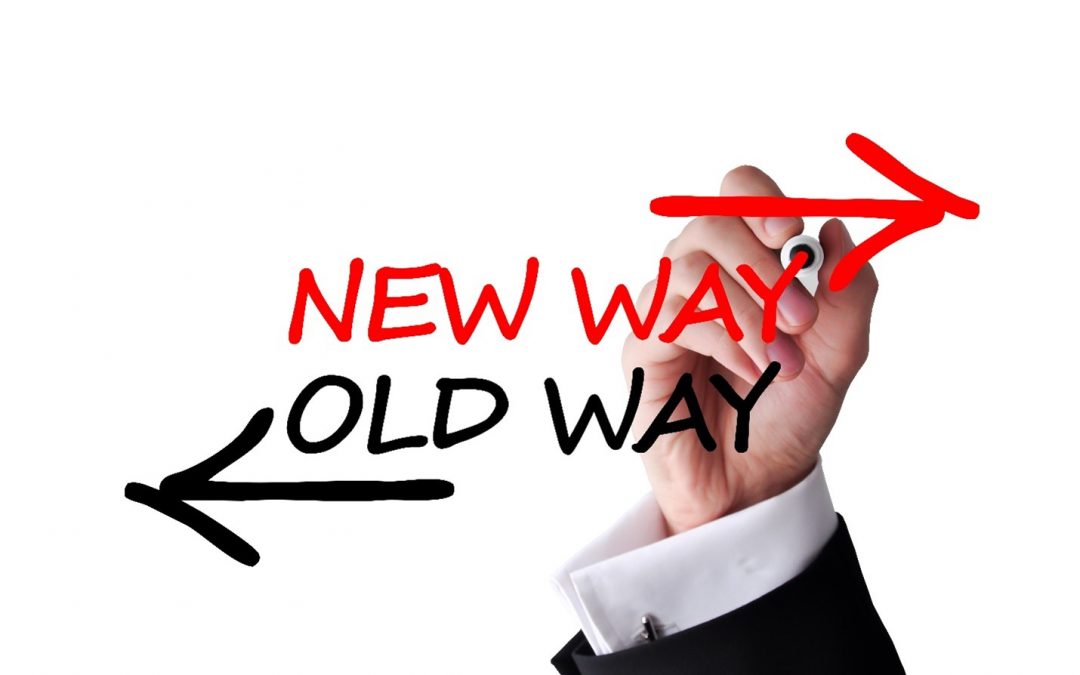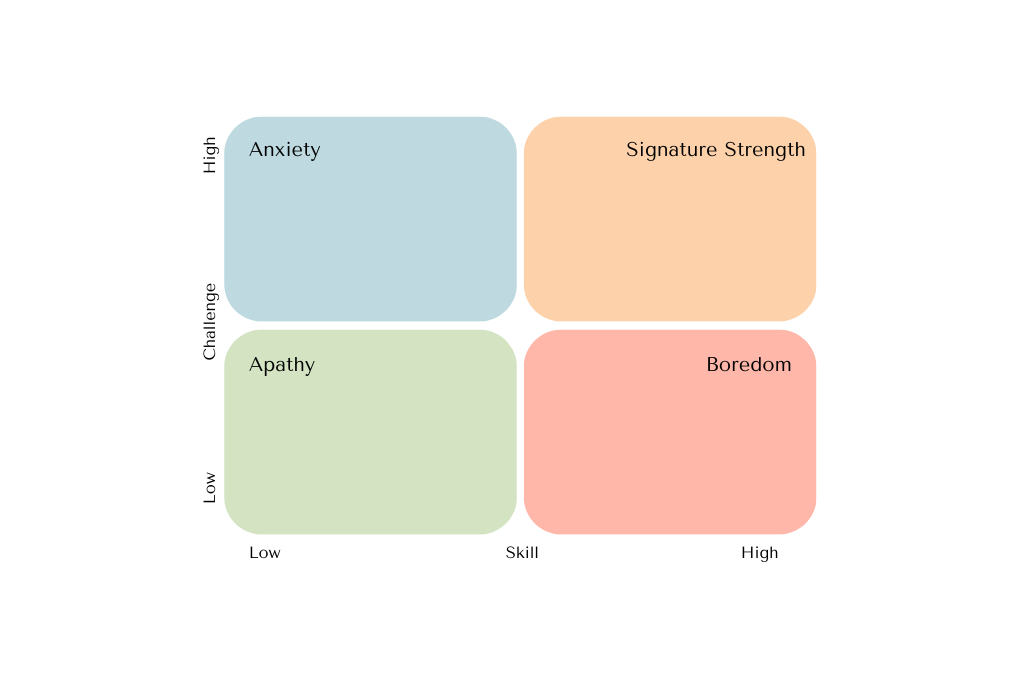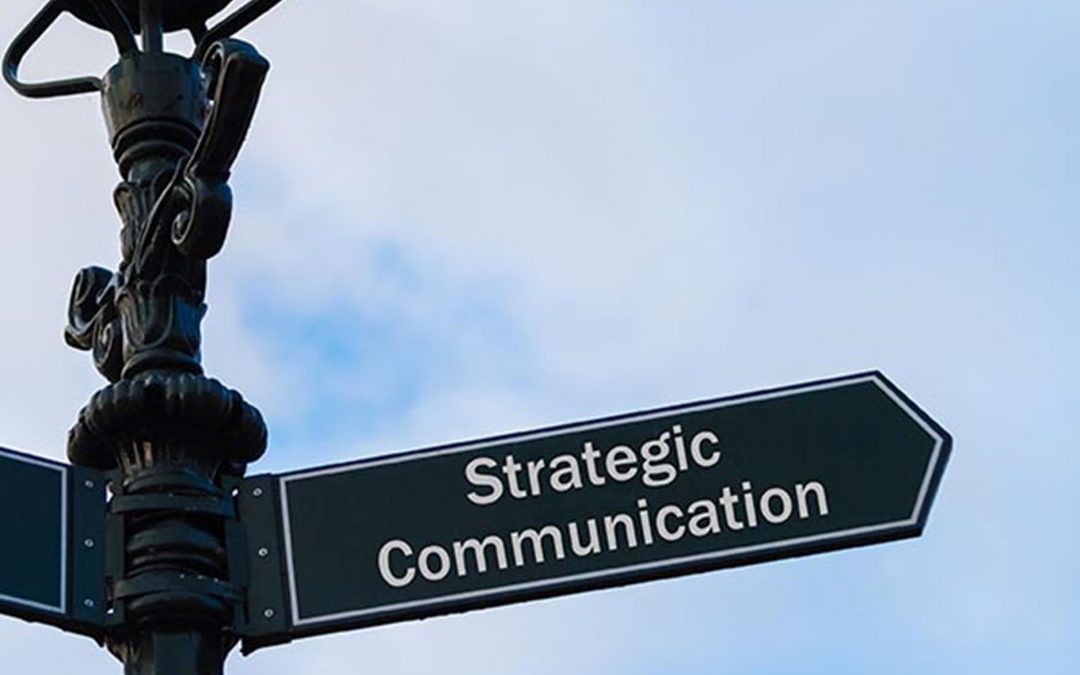
by Art Waskey | May 1, 2023 | Art of Sales Weekly, Featured
In the Digital Era
Traditional relationship skills as well as AI technology are necessary for successful selling in the digital age. The ability to identify customer needs has always been a requirement for sales representatives. Also, AI technology enables reps to do that quickly and efficiently by analyzing customers’ previous transactions and preferences. As a result, Combining AI data with traditional relationship-selling tools is a new way to win business and reps need help adjusting to this change.
Action Items
Furthermore, your sales team needs to have guidance navigating this new world of technology applications. A recent press release from Gartner recommends company Chief Sales Officers explore the following actions to successfully evolve a hybrid sales strategy:
- Bring together sales and marketing leaders to set a multichannel strategy for customer learning paths, including account-based campaigns and digital sales playbooks.
- Rethink the role of digital engagement by building digital sales tools for real-time collaboration with customers.
- Equip sales reps with probing questions and decision support tools to help buyers learn more effectively and make confident decisions.
What to Include in Your Strategy
According to Kevin McGirl, President and Co-Founder of sales-I, with the use of AI intelligence, your sales strategy can include:
- Customer behavioral information. Current data predictive analytics can provide an understanding of each customer’s interaction preferences. Additionally, this behavior identification makes it easier and faster to communicate added value to the customer’s specific needs.
- Increased sales competency. New and/or inexperienced field sales reps can be supported by faster product and selling skills assistance through advanced digital technology. Consequently, “How to” information and training for reps on their smartphones can ramp up capabilities quicker.
- Broader information and conversation points. Altogether, proactive information covering the rep’s territory and customers can be more efficiently and effectively accessed.
Combine Techniques
In conclusion, help your sales team adjust to changes and new ways of selling. Show them how to combine historic trusting relationship skills with current AI technology and watch them succeed.
Get tips and tricks like the above in The Art of Sales books. Or subscribe to the FREE monthly articles here.

by Art Waskey | Apr 25, 2023 | Art of Sales Weekly, Featured
Motivation and Restraint
John Grisham is one of my favorite writers. I only read his books on vacations because once started, I can’t stop. As a weekly sales and leadership writer I have to spend a lot of time on business podcasts, webinars, whitepapers, and associated books. If I get started on a good leisure time book, I don’t have the discipline to put it down. To remain motivated to meet my weekly goal of written projects, I have to exercise restraint with leisure reading.
Motivation and Success
Motivational stories inspire us. We admire J.K. Rowling (single mom struggling to make ends meet who wrote the Harry Potter books), Steven Spielberg (who snuck into a filming of a real movie at the age of 17 while on a tour at Universal Studios), and Dolly Parton (the fourth of twelve children in a one-room cabin in Tennessee).
Grisham’s fictional book, Sooley, concerns a 17-year-old war-torn South Sudanese boy who fights his way out of depravity with a basketball. Sooley’s goal of playing basketball in America pushes him to succeed. He exemplifies how motivation leads to success.
Key Motivators
The motivational stories above all have two important themes:
Goal achievement – Norman Vincent Peale said, “No one can get anywhere unless he knows where he wants to go and what he wants to be or do.” Numerous studies have shown only three percent of the population set goals and only about one percent write them down. To achieve your goals, it is important to identify them. I make a list of my dreams each year and this has led to many achievements. In my 40s, I became a Distinguished Speaker. My 50s were dedicated to becoming a published writer and I wrote 3 books. I went back to school in my 60s to earn a Master of Ministry degree. Now in my 70s, I write weekly, consult, and travel the country speaking.
High motivation – Success requires an enormous amount of motivation. To boost your level, surround yourself with motivated people. Their energy is contagious. If you are part of a motivated team, your achievement level escalates. You can do anything if you set goals. As Walt Disney said, “All our dreams can come true if we have the courage to pursue them.”
Move Toward the Prize
Don’t wake up tomorrow realizing you are in the same place as you were yesterday. Motivate yourself. Clearly identify your goals and then focus your time and energy on moving in the direction of the prize – your success.
Get tips and tricks like the above in The Art of Sales books. Or subscribe to the FREE monthly articles here.

by Art Waskey | Apr 20, 2023 | Art of Sales Weekly, Featured
Core Strength
A highly successful independent technical specialist recently contacted me for help. His dilemma — he was bored and this left him anxious. My first question to him was: “If you were to hit the lottery, what would you be doing?” The answer to that question often reveals a person’s core signature strength. That strength is activated when the challenge you face matches your personal skills.
Greatest Skill
My client revealed that the most fulfilling time in his life was when he was a sales manager for a regional distributor. His ability to coach salespeople to high levels of achievement was his most rewarding challenge. That skill brought him the greatest career satisfaction and is, to this day. his signature strength.
Utilizing Strength
While my client is successful as a technical specialist, that work does not utilize his greatest strength. As the matrix above shows, he is challenged by the application of his technological skills, but his signature strength of coaching a sales team is not engaged. This leads to his boredom.
Syncing Challenge and Skill
As a youth, I discovered I was gifted in mathematics. This led me to study engineering. As a welding engineer, however, I wasn’t happy at a desk working on projects. While I was good at engineering, the job left me anxious. Fortunately, I met a man who recognized my greatest skill was in working with people. I took a position as a sales engineer with his company and, in short order, became a sales manager. Soon, I was promoted to vice president of sales. In that position, I used my signature strength of working with people. When my challenge and skill were in sync I found job fulfillment.
The Merger
Using programs I have developed, I am now teaching my technical client how to regain job fulfillment by employing his signature strength of coaching young sales leaders. There is no greater satisfaction in life, than using your signature strength to find a good challenge and merge it with your greatest skill.
Get tips and tricks like the above in The Art of Sales books. Or subscribe to the FREE monthly articles here.

by Art Waskey | Apr 4, 2023 | Art of Sales Weekly, Featured
Selling in the Digital World
A lot has changed in the world of selling in the past decade, including the role of the salesperson. The pandemic and digitalization have put a damper on many of the social aspects of selling. They have altered the art of the deal. Reps now have many layers of technology between them and their customers. Information is passed out over the internet, rather than over coffee and donuts.
Social media has bred social distancing. This has led to the misconception that sales reps no longer add value. In fact, the opposite is true. The greatest advantage a distributor and his sales team have is the personal relationships they have formed with their customers. People don’t sell to companies, they sell to people. To meet the challenge of selling in a digital world, sales reps need to develop a hybrid sales experience. They need to combine traditional in-person selling techniques with the use of digital tools.
A New Approach
“A new approach is needed that combines digital and human engagements to help buyers feel more confident in their decisions and drive high-quality deals,” according to a recent Gartner press release.
So, what do you need to develop this new approach? To start, the outside sales team must focus on added value. They do this by helping buyers make the right purchasing decisions. The value of a trusting relationship between sales and purchasing remains strong. People still, “don’t care how much you know, until they know how much you care.”
Next, you have to use the latest AI technology tools to identify your customers’ needs. If you combine good relationship selling with the best digital technology, no alternative supply chain channel can beat you.
A Hybrid Selling Strategy
Create a hybrid selling strategy for your team by combining the outside sales rep’s historic trusting relationship skills with current AI technology. You can continue to show up with donuts if that helps to close the deal. But be sure you have all the best technology tools in the bag as well.
Get tips and tricks like the above in The Art of Sales books. Or subscribe to the FREE monthly articles here.

by Art Waskey | Mar 26, 2023 | Art of Sales Weekly, Featured
Implementation
Forming and implementing an effective strategic plan is challenging. It takes building a good leadership team and developing a well-thought-out plan. However, the implementation of the plan is especially crucial. If your employees don’t understand and buy into the plan, it is useless. It would help if you had strategic communication.
Get the Best Views
In a recent article, Art Petty of the Art Petty Group talked about the importance of communicating strategy to your organization. He wrote: “If the work of strategy is cloistered in a conference room, don’t expect people to understand it when you unveil the outcome and don’t expect them to be able to add value quickly. The more important question I ask is, ‘What have you done to appeal to them on a personal level and have them excited about the work of bringing a new strategy to life?’ This is, of course, the missing part. In my experience, those close to the customers, business partners, and competitors, have the best views of what’s needed in a winning strategy. It’s wrong that they’re often the last to learn a new strategy. Work unceasingly to fix this problem. Help them develop clarity on the simple concept of strategy and find ways to let them define how to get there.”
Effective Communication Tools
Business leaders need to find tools that help to effectively communicate the inner workings of their strategic plans. Additionally, several of my clients have found that transparent quarterly reviews with all employees do this. These reviews include sales, expenses, earnings before interest, taxes, depreciation, and amortization (EBITDA), as well as the next steps to all strategic plans. Sessions allow for open discussion, including questions and answers.
Money is another great way to communicate the success of your strategic plan. Some of my clients pay a quarterly percentage of EBITDA to the employees. Recognize results as soon as they occur and watch employee morale soar.
Connect and Contribute
In conclusion, the ability to contribute and connect your business strategy to all team levels is essential. Use the right strategic communication tools and get your employees invested in being part of a cohesive team.
Get tips and tricks like the above in The Art of Sales books. Or subscribe to the FREE monthly articles here.

by Art Waskey | Mar 20, 2023 | Art of Sales Weekly, Featured
I work with small and medium business owners (SMBs) in the distribution sector and find they struggle with implementing meaningful strategic plans. As we know, corporate strategy starts at the top. Yet those at the top are often unsure which project should come next. This makes forming an effective plan difficult. To develop a strategy everyone can understand you need to pick the right team and make the right plan.
The Collective Good
Furthermore, to assemble an effective team to lead your strategic plan, pick the players within your organization who can work together.
In his book, The Advantage, Patrick Lencioni discusses building a cohesive leadership team. He advises that the team must be small enough (three to ten people) to be effective. Additionally, members must trust one another and be able to be genuinely vulnerable with each other. Lencioni writes: “At the heart of vulnerability lies the willingness of people to abandon their pride and their fear, to sacrifice their egos for the collective good of the team.”
Long-term Vision
To help with planning your strategy, I highly recommend you read Traction by Gino Wickman. Wickman has developed the concept of the Six Key Components of The Entrepreneurial Operating System (EOS). Thus, in his model, the EOS is led by a person that facilitates a team based on a long-term vision. Wickman says: “With a clear long-term vision in place, you’re ready to establish short-term priorities that contribute to achieving your vision. You will establish the three to seven most important priorities for the company, the ones that must be done in the next 90 days.”
Rocks
Wickman calls these important priorities Rocks. Rocks are bite-size chunks that are broken down into next steps with the goal of completion in 90 days. Team members meet regularly to engage in productive, unfiltered discussions of issues. The team leaves meetings with clear-cut, active, and specific agreements about decisions. They hold one another accountable to commitments and best behavior. Collective priorities and needs are focused on the larger organization rather than individual departments.
Pick and Plan
In conclusion, the cooperative effort necessary to implement a strategic plan is possible when you have a well-chosen team. By planning your next steps based on the needs of the larger organization, your business will grow. With a collaborative team and a carefully laid out strategic plan, you can pick and plan your way to success. Get tips and tricks like the above in The Art of Sales books. Or subscribe to the FREE monthly articles here.






